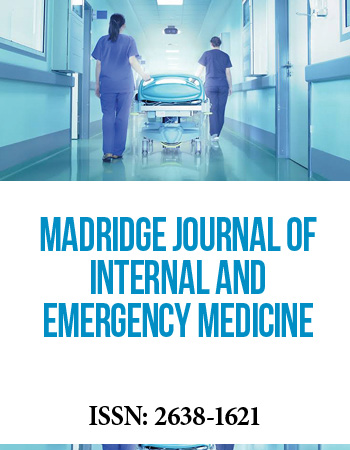International Translational and Regenerative Medicine Conference
April 25-27, 2018 | Rome, Italy
Therapeutic Potential of Quinazoline Derivatives as Anticancer Agents
Mathematics and Natural Sciences, School of Arts and Sciences, American University of Ras Al Khaimah, UAE
Cancer is one of the major causes of worldwide human mortality. It is estimated that about 1 688 780 new cancer cases will be diagnosed in 2017. 1A wide range of cytotoxic drugs are available on the market, and several compounds are in different phases of clinical trials. 2Many studies suggest that these cytotoxic molecules are also associated with different types of adverse side effects; therefore researchers around the globe are involved in the development of more efficient and safer anticancer drugs. The heterocycles are widely investigated bioactive molecules and are considered important synthetic targets for the development of novel therapeutic agents. 3In recent years, quinazoline and its derivatives have been considered as a novel class of cancer chemotherapeutic agents that show promising activity against different tumors. 4This presentation will comprehensively highlight the recent developments concerning the anticancer activity of quinazoline derivatives as well as offer perspectives on the development of novel quinazoline derivatives as anticancer agents in the near future.
Biography:
Dr. Irshad Ahmad joined the American University of Ras Al Khaimah in spring 2011 as an Assistant Professor of Chemistry. He received the masterʼs degree in chemistry from Jiwaji University in 1999. Subsequently acquired significant pharmaceutical industrial experience and developed cardio-selective beta-blocker drug molecule. He joined Central Salt and Marine Chemical Research Institute and Bhavnagar University under the sponsored project of DST and CSIR as a senior research fellow and received his PhD degree in chemistry in 2006. Subsequently, he accepted an invited scientist position in Korea Research Institute of Chemical Technology, South Korea and contributed his expertise in the field of Nanotechnology. And is a recipient of prestigious European fellowships (NWO-Rubicon & FCT) and he joined Vanʼt Hoff Institute for Molecular Sciences, University of Amsterdam, The Netherlands as a NWO Rubicon fellow (Netherlands Organization for Scientific Research, the Dutch Science Foundation), he acquired expertise in the field of supramolecular chemistry.
Afterward, he moved to the Leibniz Institute for Surface Modification, Leipzig, Germany under the Deutsche Forschungsgemeinschaft Grant, he developed
“Novel ultra-fast metathesis catalyst” for the production of high quality alternating copolymers. Subsequently he joined Department of Chemistry and Biochemistry, Stephenson Life Science Research Center, University of Oklahoma, USA as a postdoctoral research associate. He developed strategies for the novel environmentally friendly reactions for the production of value added chemicals from biomass.
He is specialized in the area of chemistry, bridging the traditional disciplines of inorganic, organic and bio-organic chemistry. He contributed US and European patent for green and clean technology development. He has published peer-reviewed international research articles in the American Chemical Society (ACS), Royal Society of Chemistry (RSC) Cambridge, Elsevier Science, Wiley, and Springer journals. He has presented his research at several scientific conferences worldwide and received awards.


